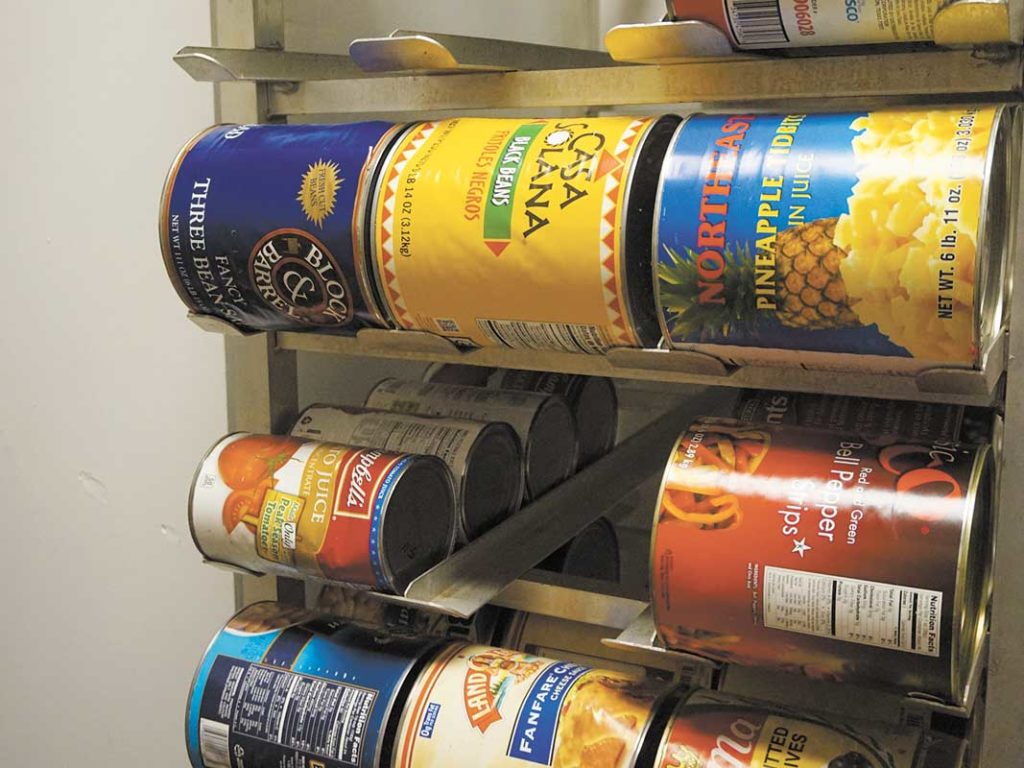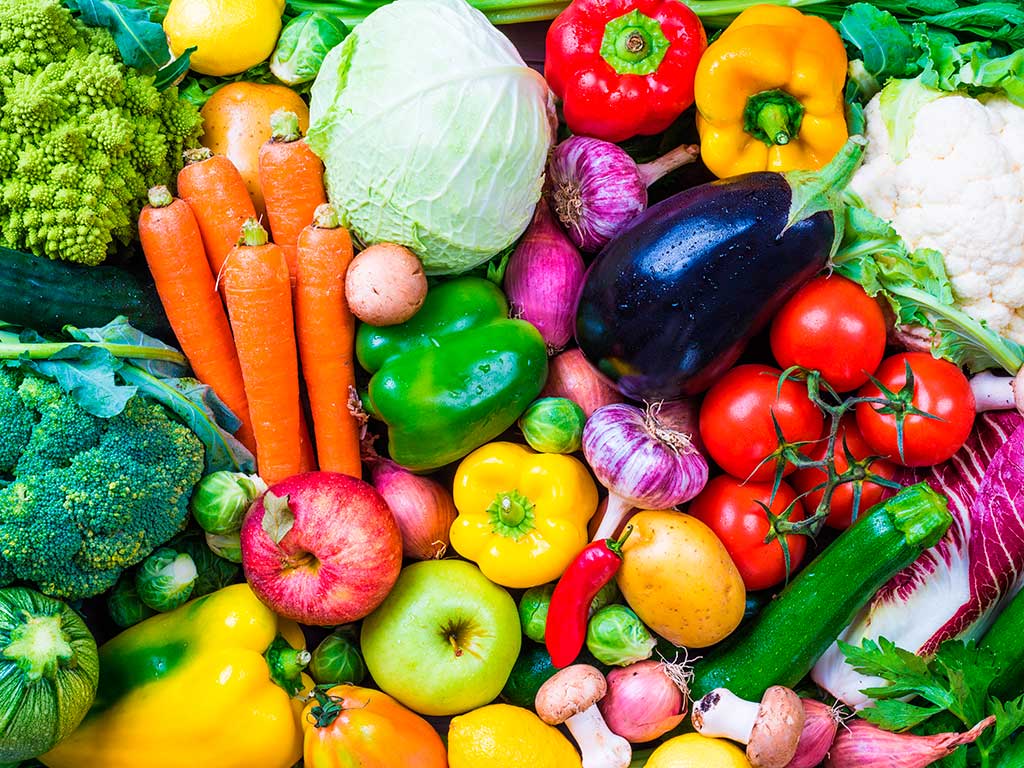Beyond 7 Minutes
I trained as a Family Doctor so that I would be ready to help patients with any
challenge. The old school family doc used to take that skill set out into the community on house calls, sports sidelines, and town hall meetings.
At some point the job description was boiled down into a job that started and ended with a 7-minute office visit. That setup is not good for patients, and it’s not good for doctors.
In this column I hope to start to push the boundary of where the doctor patient interaction takes place – onto the page, into the community, and beyond 7 minutes.
Processed Foods & Health
By Dr. Oren Gersten

The other morning as I was cooking myself breakfast. I happened to glance at the label of the shredded cheddar cheese I was planning to add to my eggs. This was a cheese purchased from a major grocery store chain. I was shocked and astounded when I read the last ingredient: natamycin.
-Mycin
As a doctor I have been trained to recognize the names of thousands of medications. One thing you learn early on is that classes of medications follow certain conventions. For example, the class of blood pressure medications called beta-blockers typically end with the suffix “–lol,” i.e.. metoprolol, labetalol, atenolol. This is a helpful convention to group alike medications and make them easily recognizable.
The suffix “-mycin” goes with a group of antibiotics naturally produced by the bacteria Streptomyces. Other antibiotics in this group include streptomycin, fosfomycin, and daptomycin. As I read the last ingredient on the label, my doctor brain clicked on. I asked myself, what is an anti-fungal medication used to treat infection doing in my food?
The answer was right on the label (anti-mold agent). Not only is natamycin FDA approved as a prescription drug, it is also FDA approved as a food additive. According to the FDA, “The additive may be applied on cheese, as an antimycotic, in amounts not to exceed 20 milligrams per kilogram.” All available research indicates that it is safe and has very little systemic absorption. Interestingly the FDA also lists natamycin as pregnancy category C, “Administer Natamycin during pregnancy only when the benefits clearly outweigh the potential risk to the fetus”.
The lines between food and industry have blurred since the industrial revolution. Technological advances have allowed us to produce and distribute food at a quantity and scale previously unimaginable. Supermarkets have thousands of products available from all over the world. But all this comes at a cost. In order to provide this scale and variety preservatives and food additives have become necessary.
It’s hard to know to what extent industrial agriculture is affecting our bodies and environment.

Here are three simple tips you may consider when making food choices for yourself and your family:
- Consider locally sourced options. Produce and goods produced locally typically require fewer, if any, preservatives.
- Shop around the perimeter (outside) of the grocery store. This is where most of the natural foods live. If it comes in a box or sealed bag it is by definition processed. Frozen fruits and vegetables are okay too and last much longer.
- Read your labels. If you cannot identify an ingredient as a food, it is probably not. Consider an alternative with fewer ingredients.

Oren Gersten is a board-certified family doctor who brings his passion for connecting and caring for people to his private practice, Portland Direct Primary Care, at 27 Ocean Street, #3, South Portland. Reach him at (207) 618-9792 or visit PortlandDirectCare.com.





